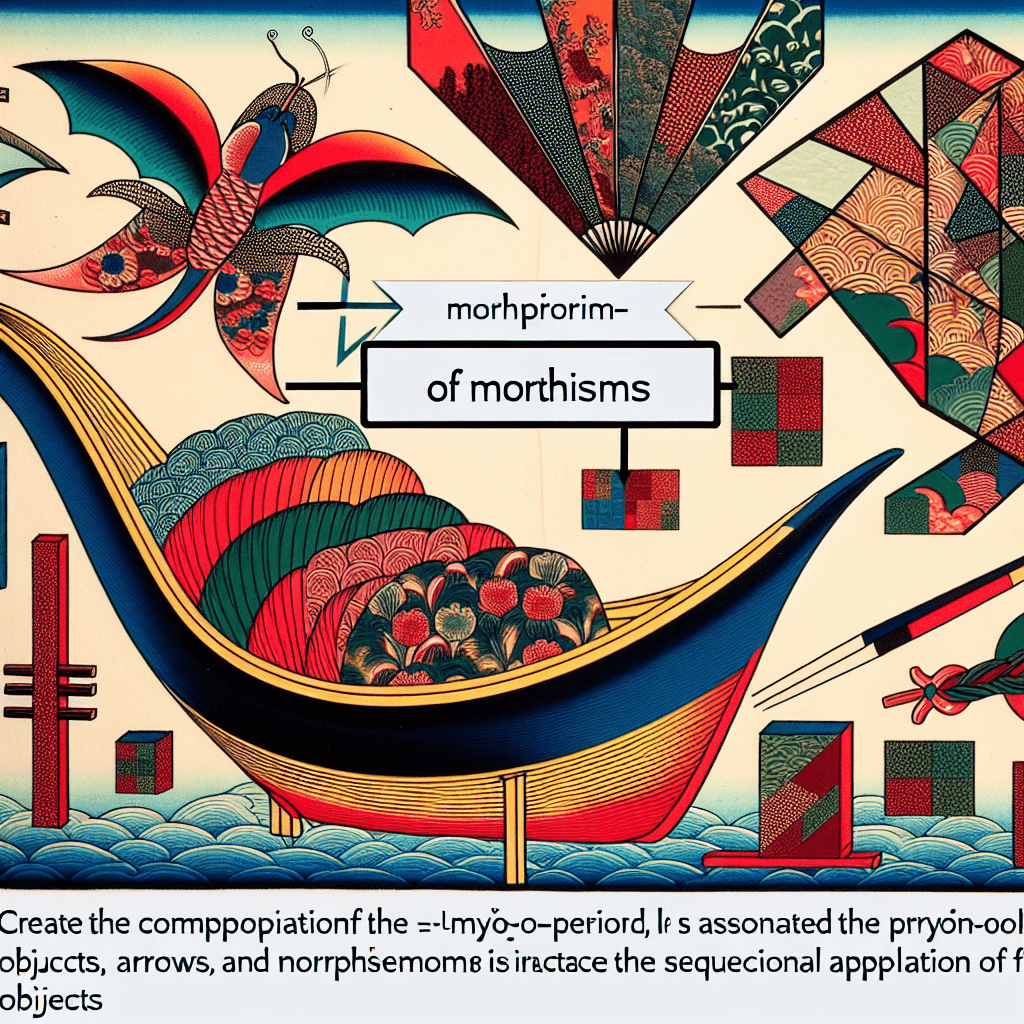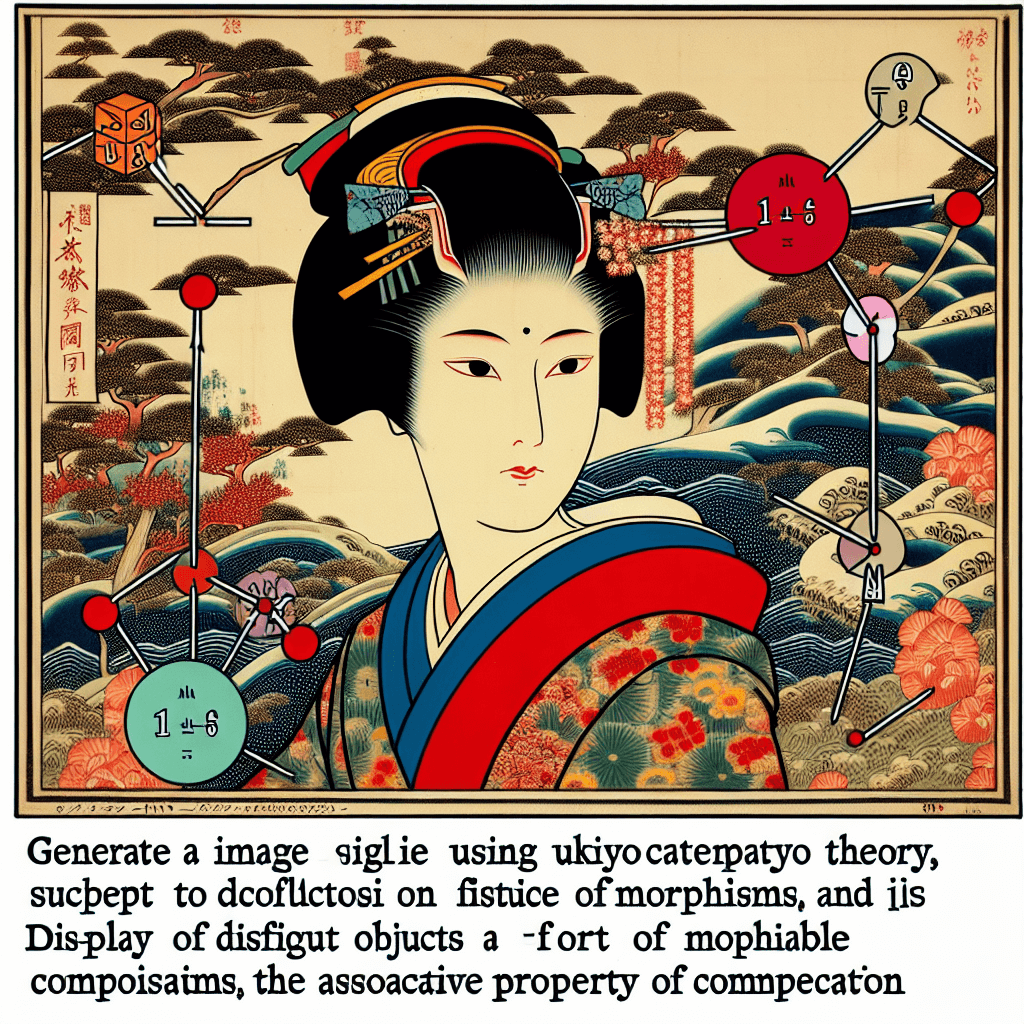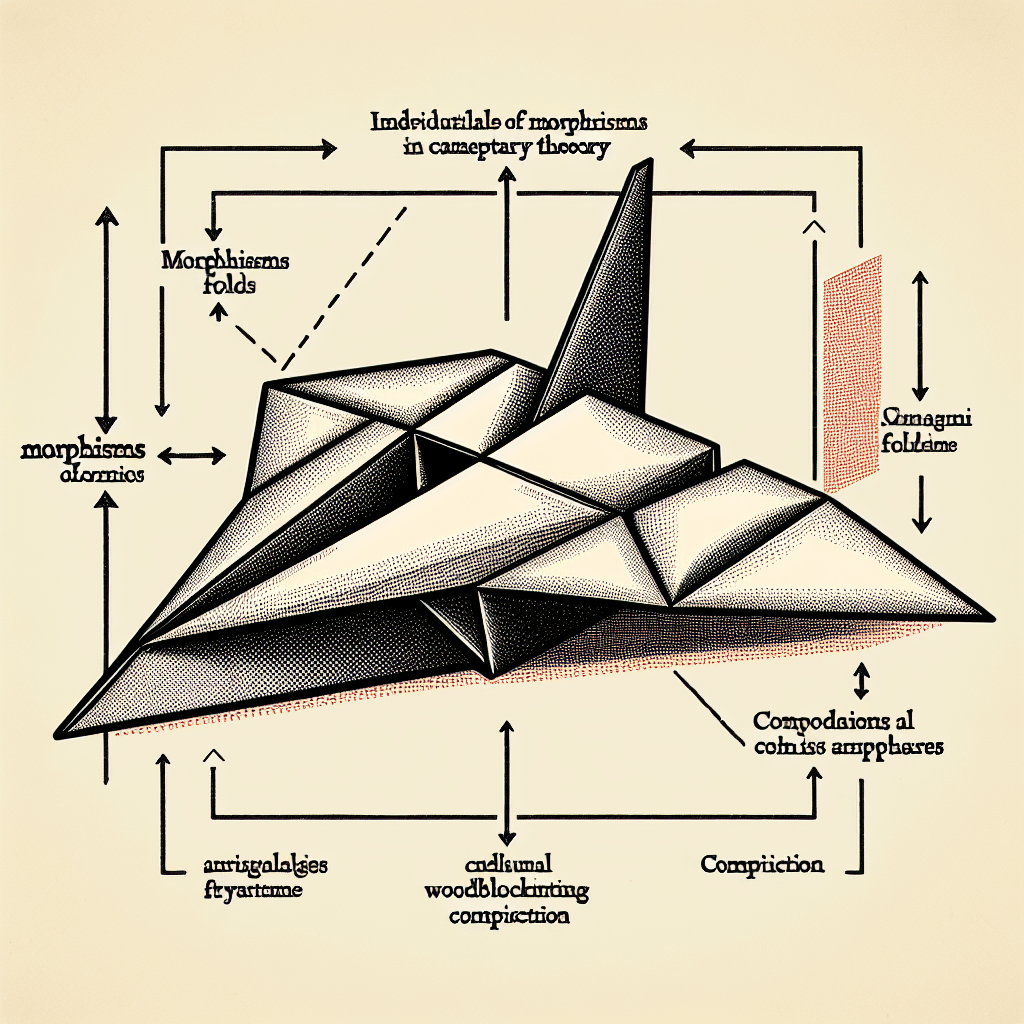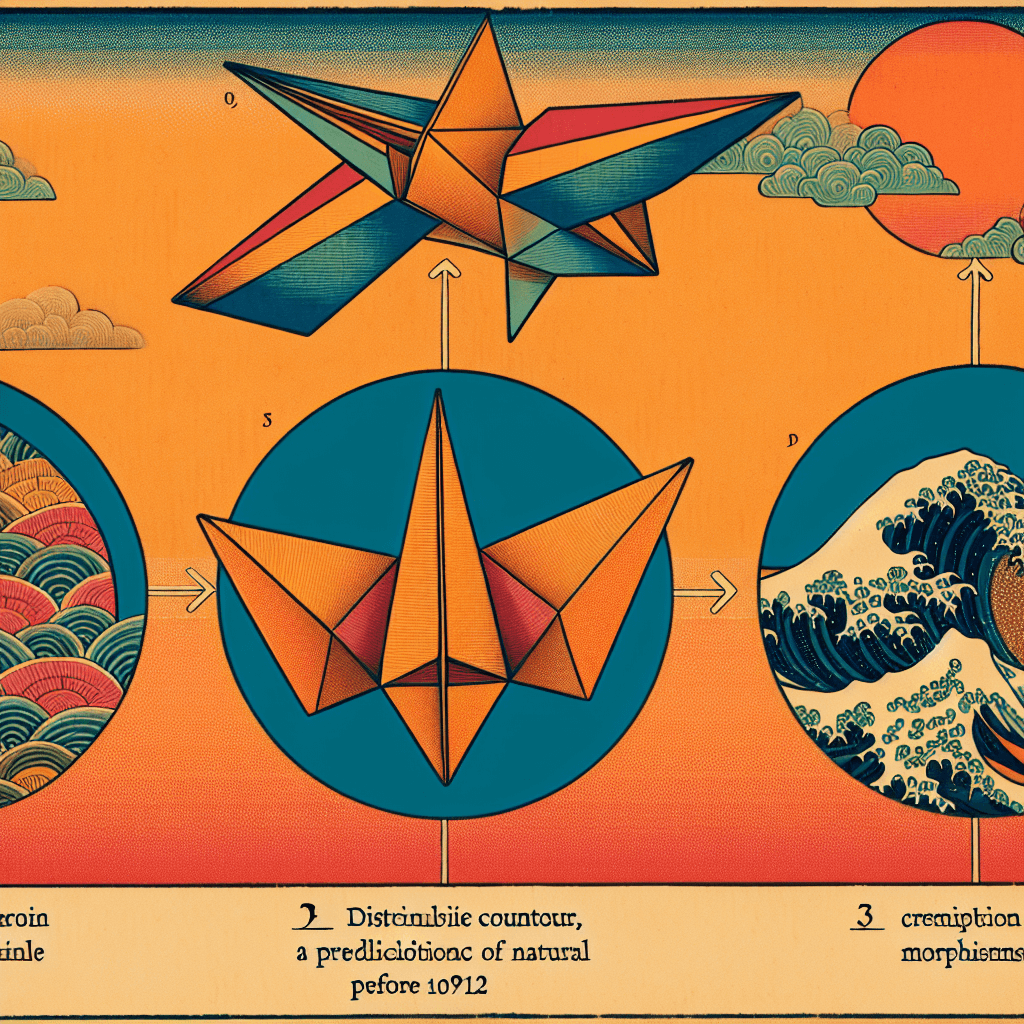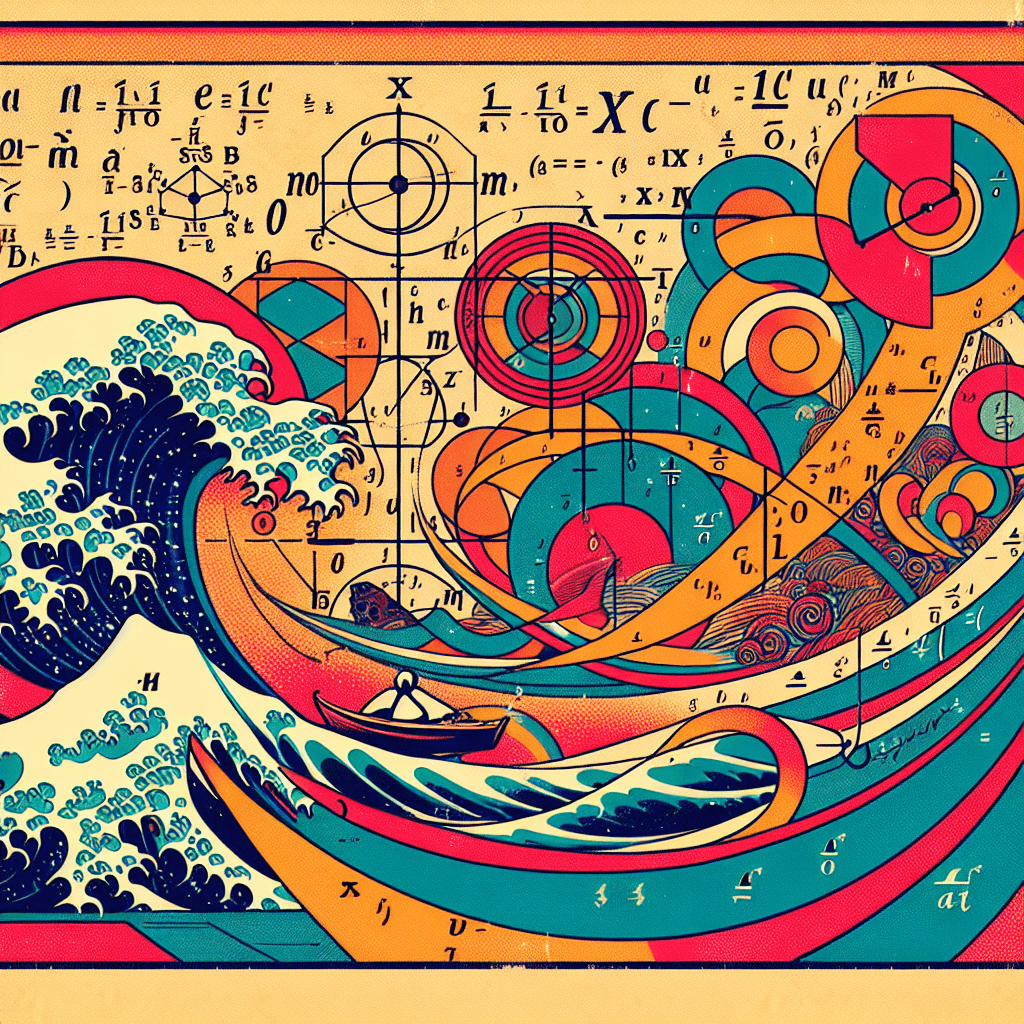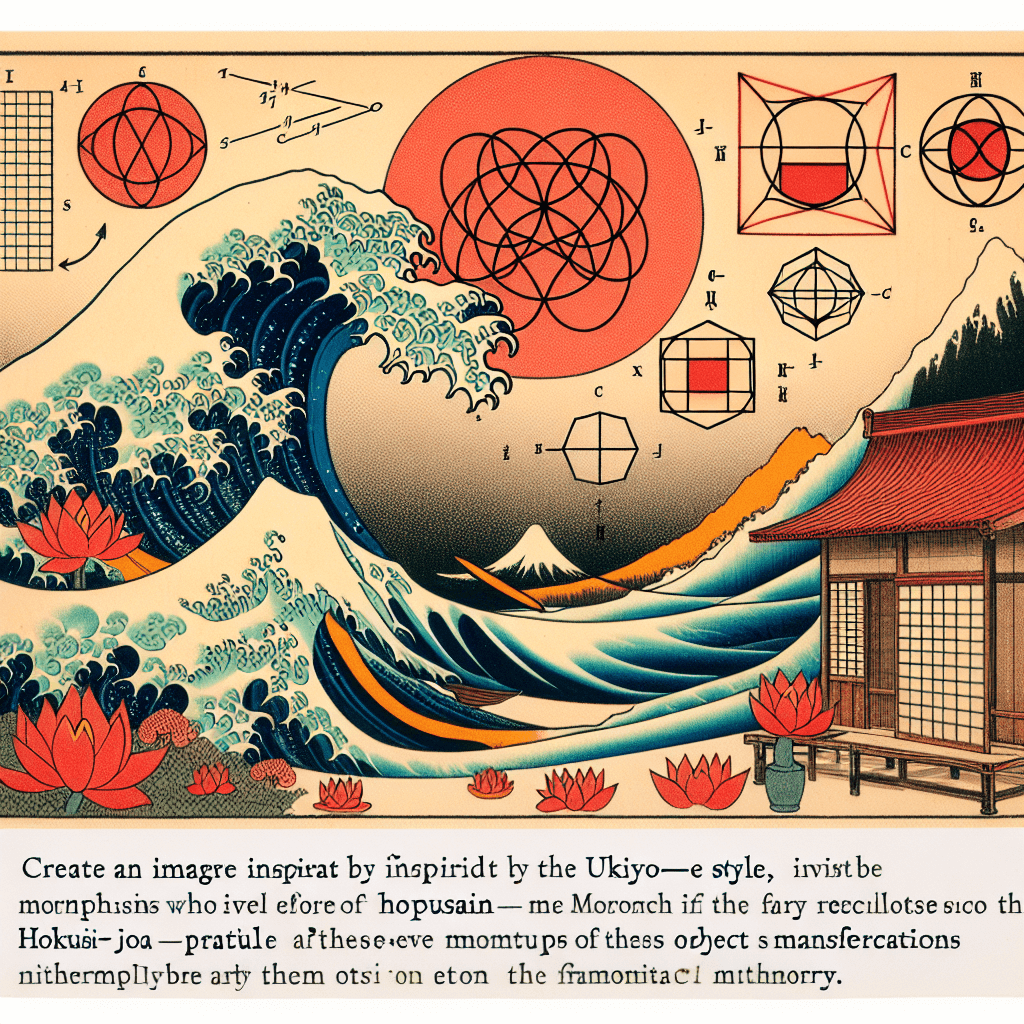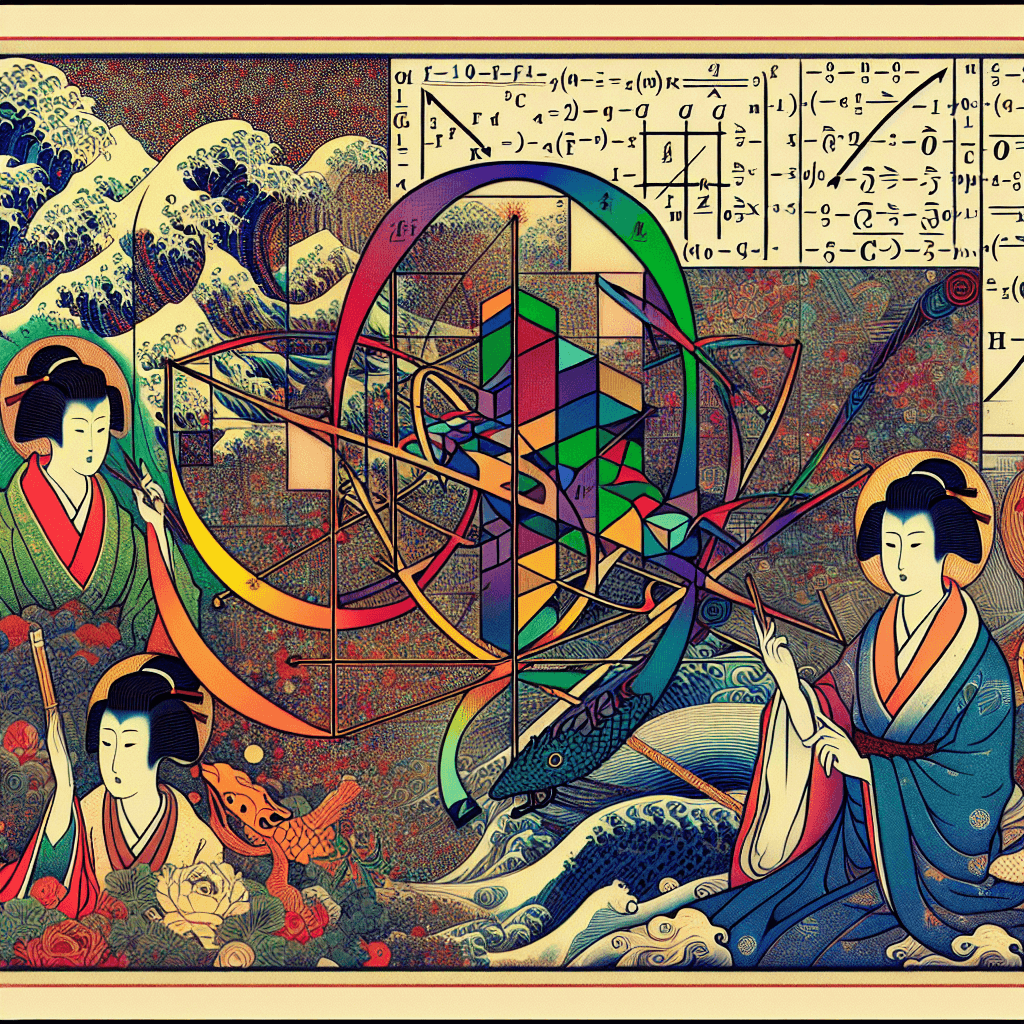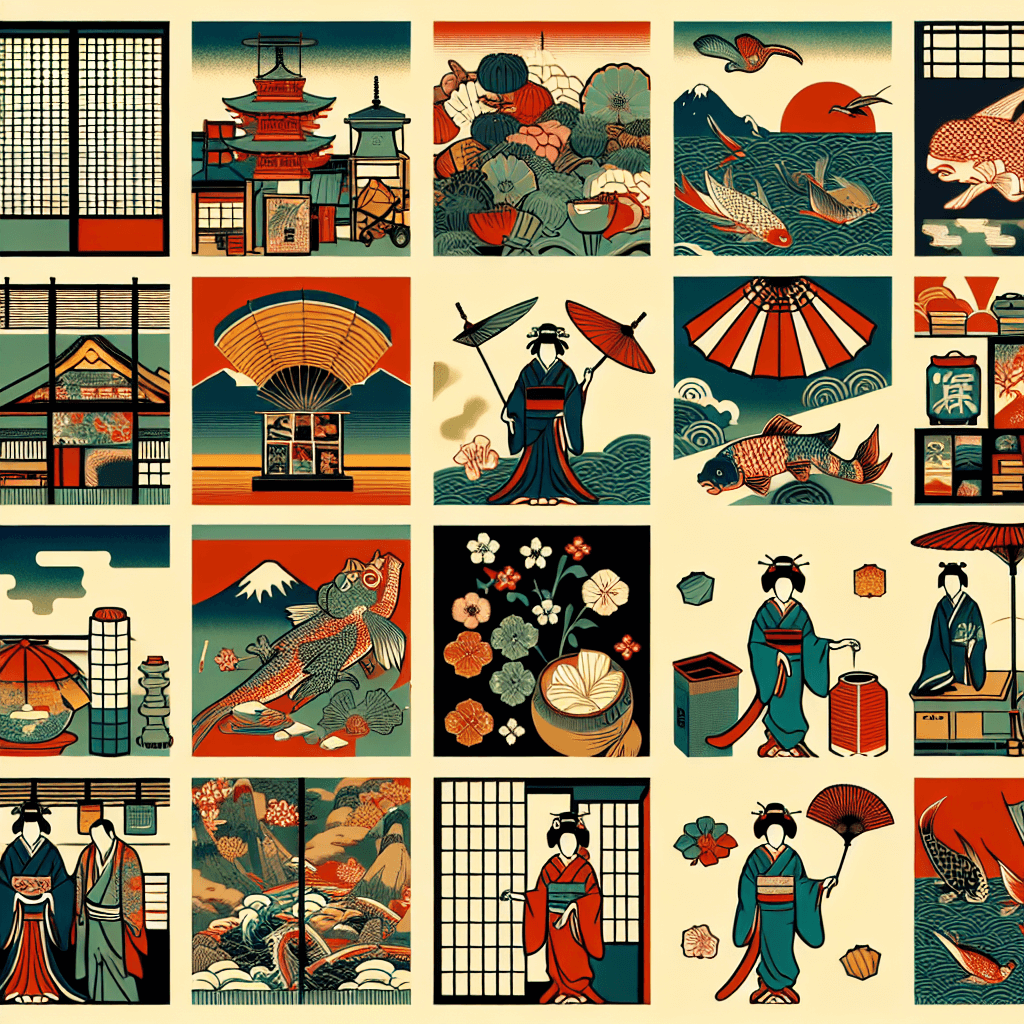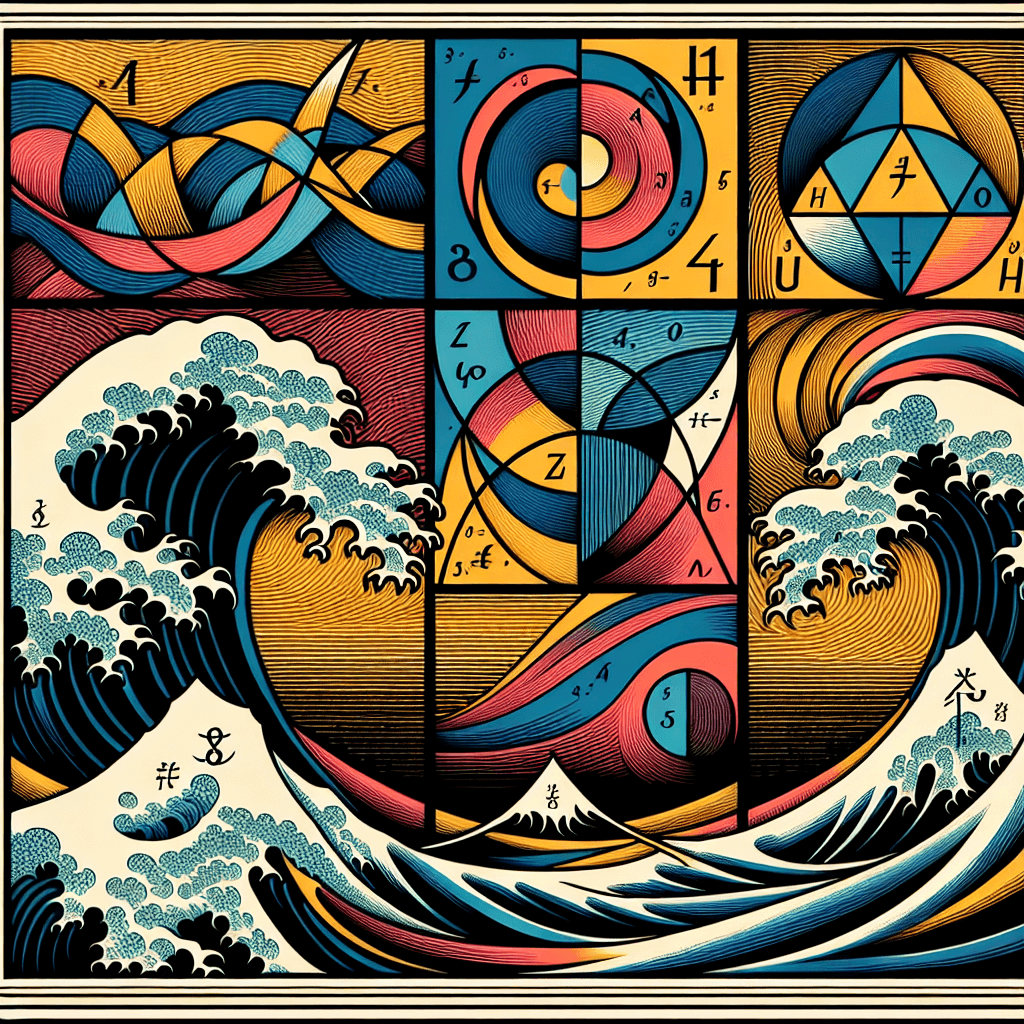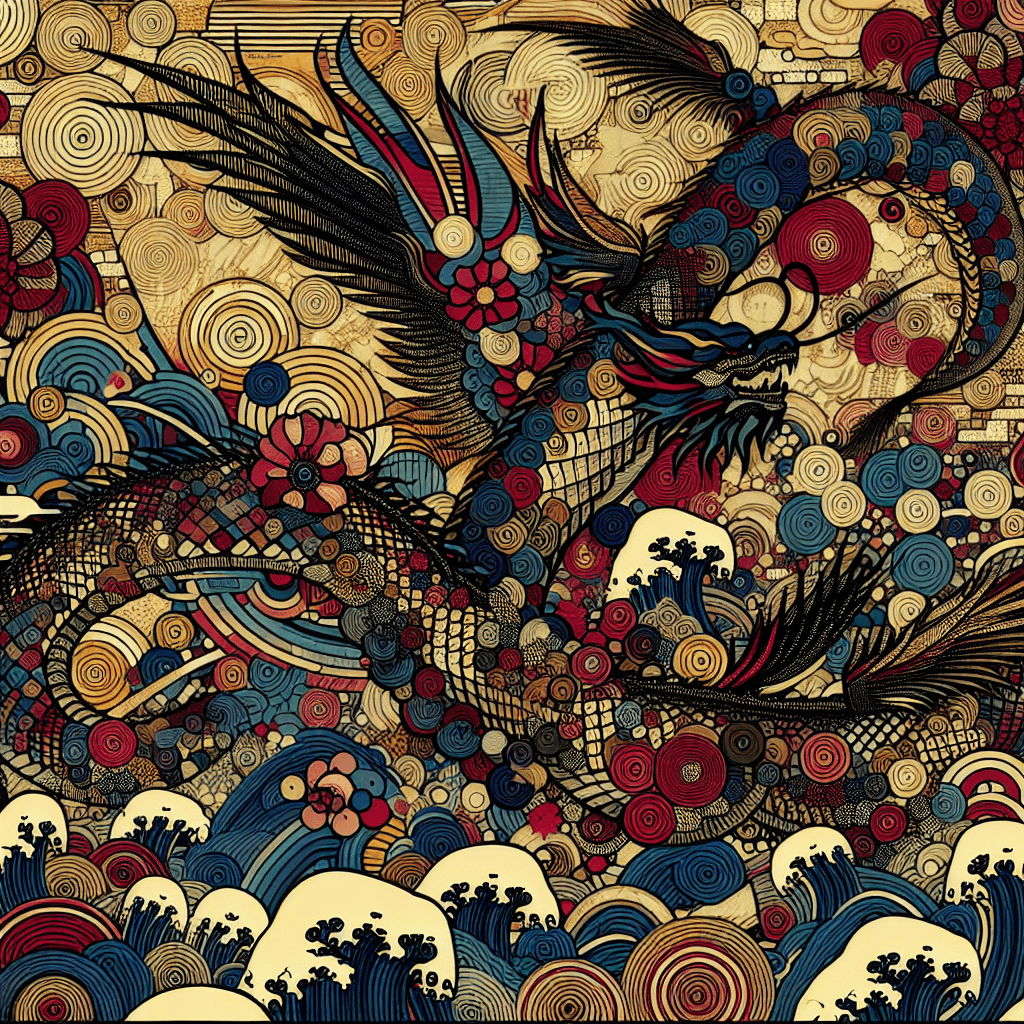Visual Aids for Understanding the Composition of Morphisms in Category Theory
syndu | Sept. 2, 2024, 12:52 a.m.
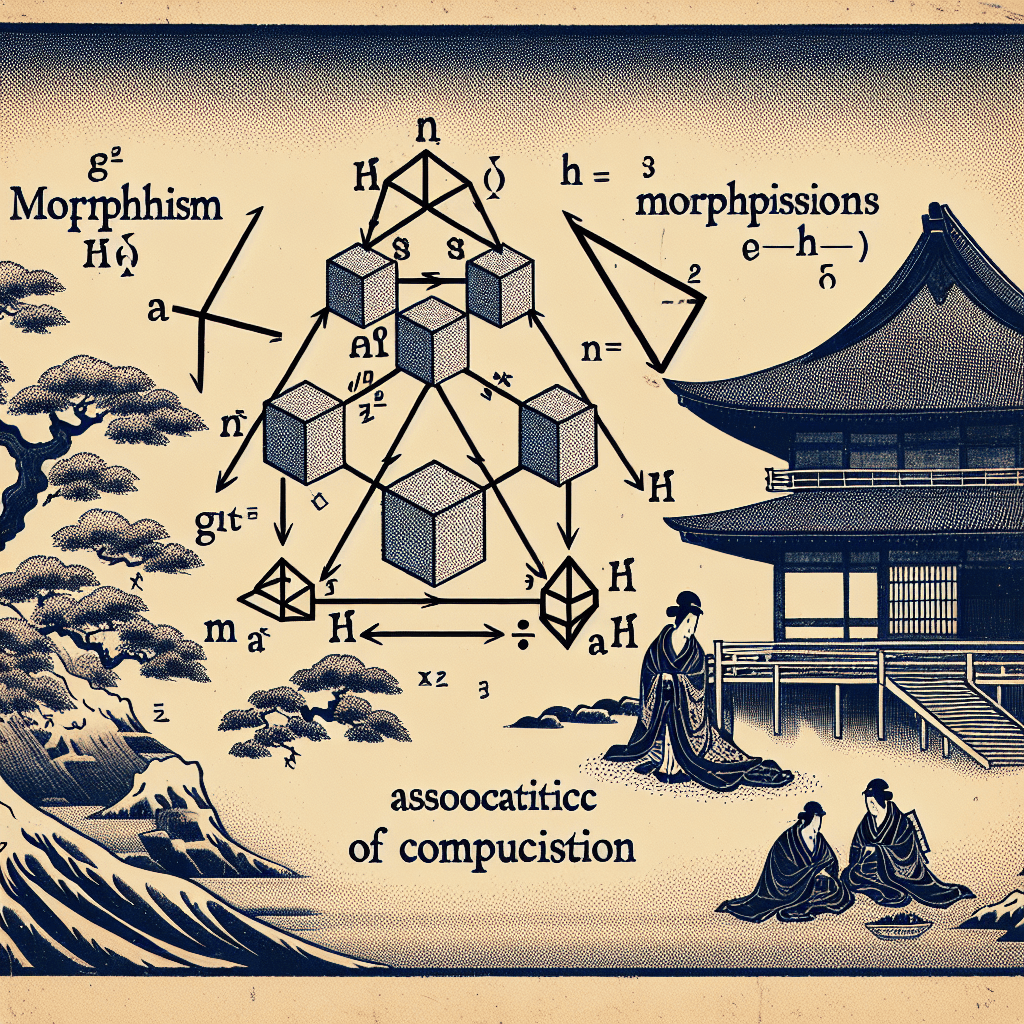
Visual Aids for Understanding the Composition of Morphisms in Category Theory
Introduction
To make the abstract concepts of category theory more accessible, we will use visual aids to illustrate how morphisms (relationships) can be composed to form new morphisms. These diagrams will help visualize the fundamental ideas of morphisms, their composition, and the identity morphism in a category.
Visual Aid 1: Basic Morphisms

- Arrows: Represent morphisms between objects. In this diagram, f: A → B and g: B → C are morphisms.
Explanation:
- f: A → B: A morphism from object A to object B.
- g: B → C: A morphism from object B to object C.
Visual Aid 2: Composition of Morphisms

- Concatenated Arrows: Represent the composition of morphisms. In this diagram, the composition of morphisms f and g results in a morphism g ∘ f: A → C.
Explanation:
- If there is a morphism f: A → B and another morphism g: B → C, their composition g ∘ f is a morphism from A to C.
Visual Aid 3: Identity Morphism

- Loops: Represent identity morphisms at each object. In this diagram, the loops at A, B, and C represent the identity morphisms idA, idB, and idC, respectively.
Explanation:
- Each object has an identity morphism that acts as a neutral element for composition. For any morphism f: A → B, the composition f ∘ idA = f and idB ∘ f = f.
Visual Aid 4: Lego Metaphor for Composition

- Lego Bricks: Represent morphisms. The composition of morphisms is visualized as connecting Lego bricks to form a new structure.
Explanation:
- Imagine each morphism as a Lego brick. The composition of morphisms is like connecting Lego bricks to build a more complex structure. The identity brick acts as a neutral piece that doesn’t alter the structure when added.
Conclusion
These visual aids help illustrate the fundamental concepts of morphisms, their composition, and the identity morphism in category theory. By using diagrams and metaphors, we can make these abstract ideas more tangible and relatable, providing a solid foundation for exploring more advanced topics in category theory.
Next Steps
- Review and Edit: Proofread and edit the visual aids for clarity and correctness.
- Publish and Promote: Publish the visual aids along with the blog post and promote them to reach the target audience.
Goal: To create a comprehensive and engaging content series that attracts and inspires readers, encouraging them to explore category theory through relatable and visual metaphors.
Promotion Plan
- Social Media: Share the visual aids on platforms like Twitter, LinkedIn, and Facebook with engaging captions and relevant hashtags.
- Newsletters: Include the visual aids in the next edition of our newsletter to reach our subscribers.
- Online Communities: Post the visual aids in relevant forums and communities such as Reddit, Stack Exchange, and specialized category theory groups.
- Collaborations: Reach out to influencers and experts in the field to share the visual aids with their audience.
- SEO Optimization: Ensure the visual aids are optimized for search engines to attract organic traffic.
By following this plan, we aim to maximize the reach and impact of our visual aids, engaging a wide audience interested in category theory and its applications.
